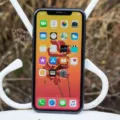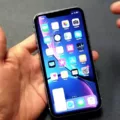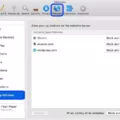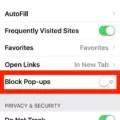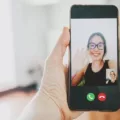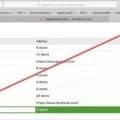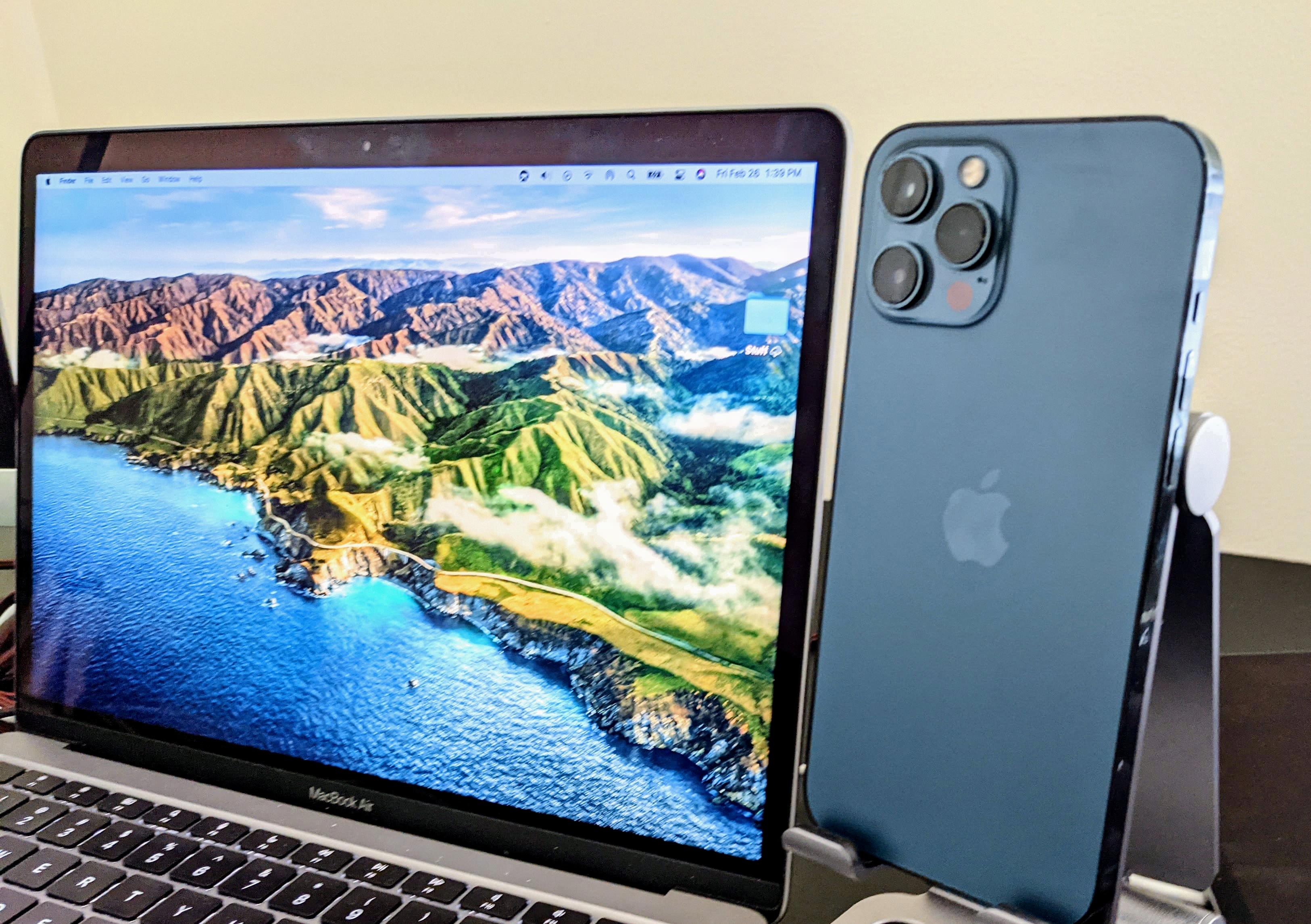Whether you are a parent or a tech-savvy user, it’s important to be aware of the restrictions that are in place on your device or network. Restrictions can range from blocking certain websites and apps to disallowing certain types of content. While these restrictions can be helpful in protecting users from inappropriate content, they can also make it difficult to access some legitimate websites or applications. Fortunately, there are ways to turn off restrictions and access the content you need.
First, it’s important to identify what type of restriction is in place. If you’re using Apple devices such as an iPhone or iPad, you’ll need to use the “Screen Time” feature in order to view and adjust any existing restrictions. Depending on which version of iOS you have installed, this feature may be located under “Settings” > “Screen Time”. Here, you’ll be able to view all the restrictions that have been applied to your device and make any necessary adjustments.
If you’re using an Android device, however, the process is slightly different. You’ll need to open up your device’s Settings app and look for either a “Parental Controls” section or a section labeled with the name of whatever security software is installed on your device (e.g., Avast Mobile Security). Once you’ve located this section, you shoud be able to make any necessary adjustments to the restrictions that have been applied.
Finally, if you’re using a laptop or desktop computer with parental control software installed (such as Norton Family), then accessing the settings for this software will allow you to adjust any existing restrictions as well. To do this, simply locate the icon for your security software in either your taskbar or system tray (if it isn’t already running), open up its settings page, and follow the instructions provided by the software for making changes to its settings.
By following these steps and adjusting any existing restrictions as needed, users should be able to access restricted content from their devices without issue. It’s always important to keep in mind that while these restrictions can provide valuable protection against potentially harmful content online, they can also prevent users from accessing legitimate websites or applications if they’re not configured correctly. With this in mind, it’s important that users take care when adjusting these settings so as not cause any disruption in their online activities.
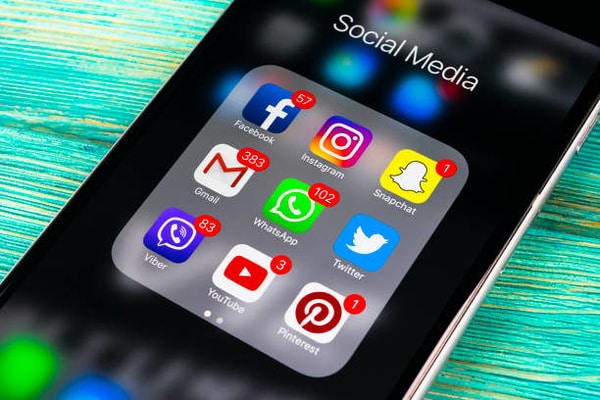
Removing Restrictions from a Phone
To take restrictions off your phone, you need to disable the Restricted Mode. To do this, first sign into your account on the device. Then, tap your profile photo at the top right of the screen. From there, select General and then turn off Restricted Mode. Once turned off, you will no longer be restricted in what you can do on your device.
Turning Off Restrictions on an iPhone
To turn off all restrictions on your iPhone, go to Settings > Screen Time. Tap Content & Privacy Restrictions. Enter your Screen Time passcode (if requested). Toggle Content & Privacy Restrictions off and this will disable all the restrictions on your device. This will alow you to access all the features and settings of your iPhone that were previously restricted due to the restrictions set.
Turning Off Restrictions on Websites
To turn off restrictions on websites, you can follow a few simple steps. First, open your browser and select the ‘Tools’ menu option. Next, select ‘Internet Options’ and click the ‘Security’ tab. Once there, click the ‘Restricted Sites’ icon and then the ‘Sites’ button. This will bring up a list of websites that are blocked. To disable these sites, uncheck the box next to each site that you wish to disable and then click ‘OK’. Your restrictions should now be turned off and you should be able to access these websites without any issues.
Inability to Access Over 18 Sites
If you are trying to access an over 18 site, you may be faced with a ‘Timed out’ or ‘No response’ message insead of the age verification page. This is because some sites require you to prove your age in order to get access. To do this, you will need to provide valid proof of identity that verifies your age, such as a driver’s license, passport, or other government-issued identification. Once this information has been provided and verified, you should be able to gain access to the site.
Turning Off Restricted Mode on iPhone Without Password
To turn off restricted mode on an iPhone without a password, you will first need to open the Settings app. Then, tap ‘Screen Time’ and select ‘Turn Off Screen Time.’ You will be asked to enter your passcode. If you do not know the passcode, you can reset it by selecting ‘Forgot Passcode’ and then following the instructions on screen. Once you have reset your passcode, you can now turn off restricted mode on your iPhone without entering a password.
Restrictions on iPhones
You can find the restrictions settings on your iPhone running iOS 12 or later by following these steps:
1. Open the Settings app.
2. Tap “Screen Time.”
3. Tap “Content & Privacy Restrictions.”
4. Toggle the slider to “Content & Privacy Restrictions” on.
5. From here, you can make decisions abut restricting certain apps and settings, such as purchasing and downloads, privacy, location services, content restrictions, and more.
Removing Restrictions from iCloud
Answer: To remove restrictions from iCloud, you will need to log into your Apple ID account. Once you are logged in, go to the Family Sharing option and select the device of the child whose restrictions you wish to remove. Select ‘Remove Restrictions’, review the canges and confirm that they are correct. Once confirmed, these changes should be applied immediately. If you have enabled a passcode on this device, you may need to go to Settings > Screen Time and tap [your child’s name]. Then tap Change Screen Time Passcode or Turn Off Screen Time Passcode, and authenticate the change with Face ID, Touch ID, or your device passcode.
Removing Restrictions from Safari
On iPhone/iPad, you can remove restrictions from Safari by going to Settings > Screen Time > Content & Privacy Restrictions > Allowed Apps > Content Restrictions > Web Content. Under Web Content, you can set the appropriate restrictions for Safari such as allowing unrestricted access, limiting access to certain websites or disabling access completely. To disable Safari completely, simply toggle the button next to Safari to off.
On Mac, you can remove restrictions from Safari by going to Apple logo > System Preferences > Screen Time > Content & Privacy and turning on the content and privacy options. From there, you can set the approprite restrictions for Safari such as allowing unrestricted access, limiting access to certain websites or disabling access completely. To disable Safari completely, simply toggle the button next to Safari to off.
Removing Restricted Sites from Chrome
To remove restricted sites from Chrome, you’ll need to go to the Settings menu. Click on ‘Privacy and Security’ and then click on ‘Site Settings’. From there, you’ll see a list of all the sites that are blocked. To unblock a site, click on its entry and select ‘Allow’. You can also add sites to the blocklist by clicking on ‘Add’ in the top-right corner of the page. If you want to completely remove a site from your blocklist, you simply need to select it and choose ‘Remove’. And that’s all there is to it!
Turning Off Restrictions on iPhone iOS 15
To turn off restrictions on your iPhone with iOS 15, go to the Settings app and tap on ‘General.’ Then scroll down and tap on ‘Restrictions.’ You will be prompted to enter a Screen Time passcode. Once you have done that, scroll down and tap the “Disable Restrictions” button. This will disable any restrictions you may have previously set up.
Removing Content Block
To remove a content block, you first need to go to the content page were the block is located. Place your cursor in the list of content blocks and then click the red ‘x’ button to delete it. Once you have clicked the ‘x’ button, the content block will be removed from the page and you will see a confirmation message. After confirming the deletion, click on Save to save your changes.
Restrictions on iPhone Usage
The restrictions on your iPhone are designed to protect your safety and privacy, as well as ensure responsible usage of the device. Restrictions allow you to control which features, apps, and content can be accessed from the device, so that you can limit exposure to potentially harmful or inappropriate content. You can also manage how much time is spent on a particuar app or website by setting limits for yourself or your family members. Finally, restrictions help you manage how much data is used on the device by controlling mobile data usage for specific apps.
Changing App Restrictions on iPhone
To change app restrictions on your iPhone, open the Settings app and tap ‘Screen Time’. Next, select ‘Content & Privacy Restrictions’ and you may be asked to enter your passcode if it isn’t already in use. Once you have done that, you can select the type of apps or content you’d like to restrict. For example, you can restrict crtain types of music, movies, TV shows, books, and more. You can also set up restrictions for iTunes & App Store Purchases such as age ratings and setting up a password for purchasing. When finished, don’t forget to select ‘Don’t Allow’ where desired.
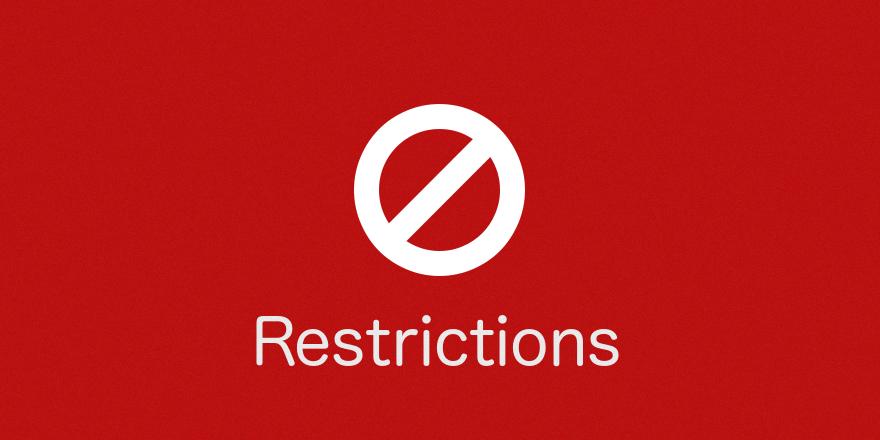
Source: thememylogin.com
Disabling Restricted Mode Set by Network Administrator
If you want to disable restricted mode by your network administrator, the first thing you should do is contact the administrator directly. They will be able to provide specific instructions on how to disable the restrictions in place. Depending on your network configuration, they may need to make chnges or adjust settings in order for you to access the content that has been blocked. If you’re using a public Wi-Fi connection, it’s likely that the restrictions were put in place by the owner of the connection and not by your network administrator. In this case, you may need to contact them directly to modify or remove the restrictions.
Removing Restrictions from an Apple ID on an iPhone
If you want to remove Restrictions from your Apple ID on your iPhone, you need to first erase all content and settings from your device. To do this, go to Settings > General > Reset > Erase All Content and Settings. You will need to enter your Restrictions passcode if you have one set up. Once the device has been erased, you can then set it up as a new device and the Restrictions will be removed from the Apple ID. Note that this process will delete all data stored on the device, so make sure to back up any important informatin before resetting.
Unrestricting a Website on an iPhone
To unblock a website on your iPhone, you need to launch the Settings app and go to Screen Time. Then select Content & Privacy Restrictions, followed by Content Restrictions. In the next window, select Web Content and you will see the names of all the websites that are blocked on your device. Swipe left on the website name and hit Delete to unblock it. Once done, you should be able to access the website without any restrictions.
Removing Website Restrictions on iPad
To remove restrictions from websites on your iPad, go to Settings > Screen Time > Content & Privacy Restrictions > Content Restrictions > Web Content. Toggle the Limit Adult Websites switch off. This will remove any URLs that you have set in the Always Allow and Never Allow sections. You may also have to turn off other restrictions such as Allowed Websites Only, or disable specific content ratings. Once you have completed these steps, all website restrictions should be removed from your iPad.
Unblocking a Website
Unblocking a website is a simple process. First, open the Chrome web browser on your Android device. Navigate to the website you wish to unblock. Then, click the “More” icon in the top-right corner of the page. From there, select “Info” and then “Permissions.” Finally, click “Reset Permissions” to unblock the website. That’s all thee is to it!
Locating Restrictions on iOS15
In iOS 15, you can find restrictions by going to the Settings app. Once you are in the Settings app, tap on Screen Time and then tap on Content & Privacy Restrictions. From there, you can select Content Restrictions and choose the settings that you want for each feature or setting uder Allowed Store Content.

